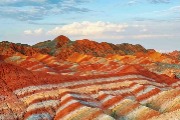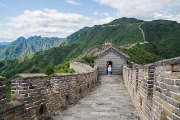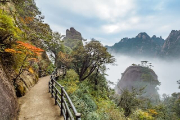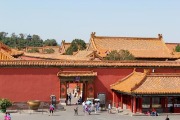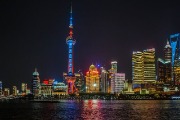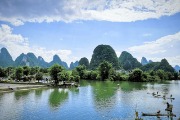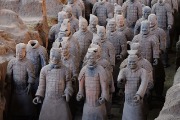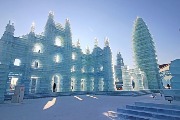Top 10 Best Places to Visit in China
If you can only visit 10 attractions in China in your lifetime, make sure to visit these ten.
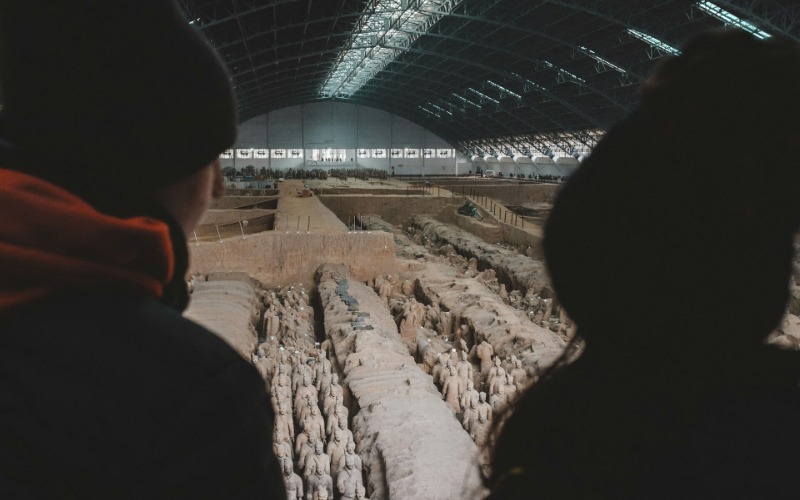
No. 10: Daocheng Yading
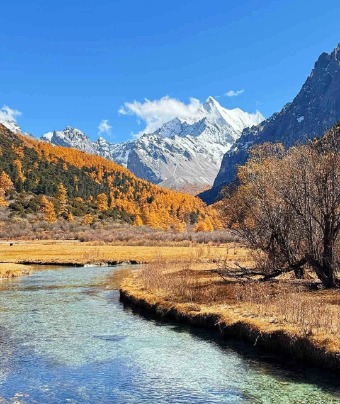
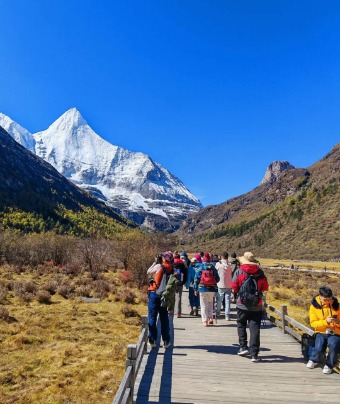
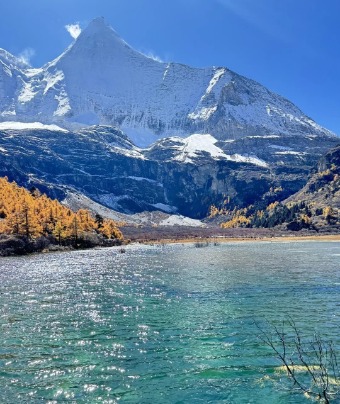
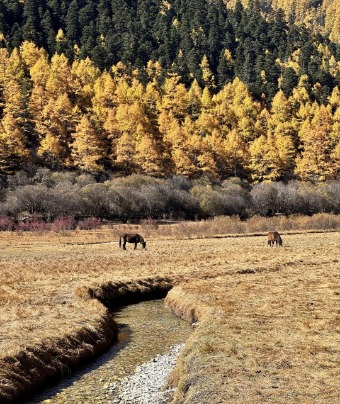
Daocheng Yading is a famous natural scenic area in Sichuan, China, and also a world-class ecological natural village. It’s like spring all year round here. The snow capped mountains here are a magical landscape that never melts all year round. It is widely recognized as the “last pure land of the blue planet” due to its natural environment without serious ecological imprints and the simple Tibetan style. This place gathers natural landscapes such as plateau lakes, snow capped mountains, forests, rivers, and grasslands. There are flying springs, waterfalls, and canyons in the jungle. Daocheng County is a typical Tibetan autonomous county. Almost every place has a profound Tibetan cultural atmosphere, and Tibetan Buddhist beliefs can also be seen everywhere here.
No. 9: Jade Dragon Snow Mountain
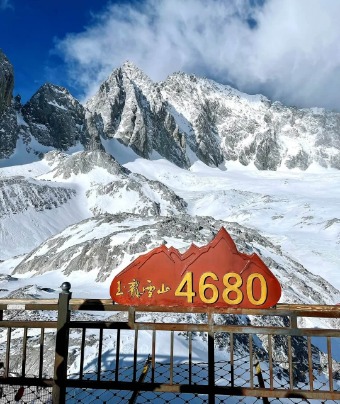
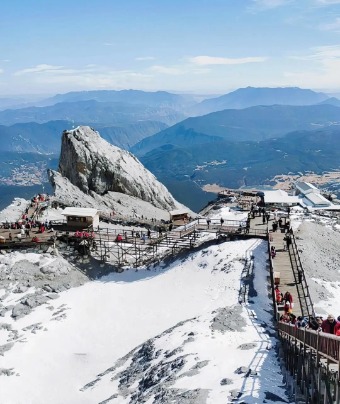
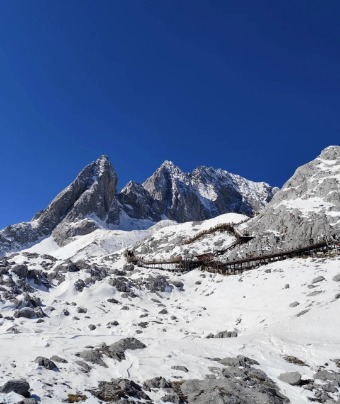
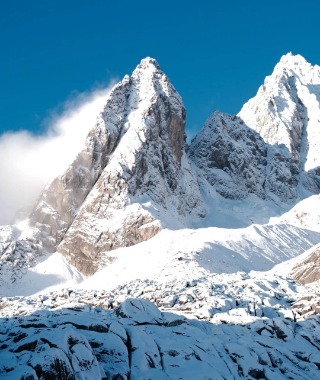
Jade Dragon Snow Mountain is the only snow-capped mountain in China that can be climbed. The view from its summit at 4,680 meters is truly stunning. The mountain is named “Jade Dragon” because of its 13 continuous snow peaks that resemble the shape of a giant dragon, and “jade” refers to the color white. Visitors typically take a cable car to ascend the mountain, and as the altitude increases, the landscape changes dramatically. Starting with green trees at lower elevations, it transitions into exposed rock and soil, and finally, snow begins to appear. In just a few minutes, you pass through the seasons of spring, summer, autumn, and winter. If you want to climb a snow-capped mountain and experience the culture and traditions of China’s Naxi people, then Jade Dragon Snow Mountain is one of the best places to visit in China.
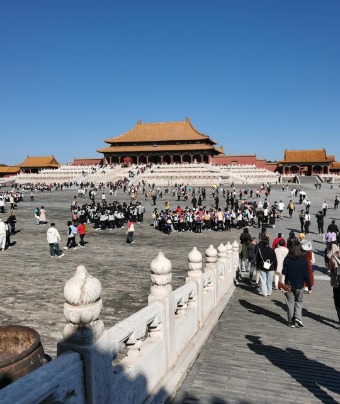
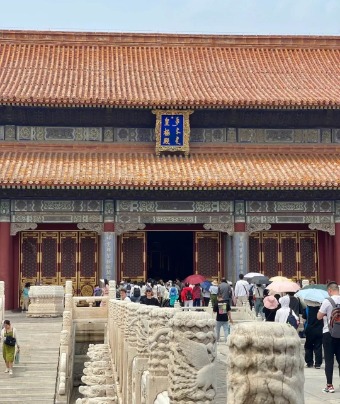
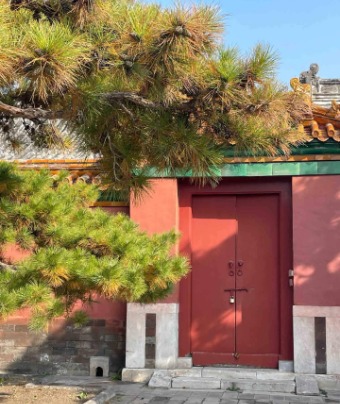
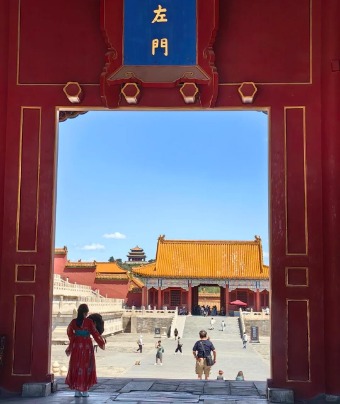
The Forbidden City in Beijing is the largest palace complex in China. It served as the residence and administrative center for the emperors of the Ming and Qing dynasties. Known for its mystery, the Forbidden City Beijing has been a popular destination for travelers since it opened to the public in the 1920s. Visitors to Beijing often wish to explore the grand imperial courtyards, buildings, and intricate details of daily life in ancient China. From royal family living spaces to household items, everything draws attention, and many tourists want to experience the full extent of this historical site. If it’s your first time visiting China and you want to immerse yourself in Chinese culture and traditional architecture, then the Forbidden City Palace is one of the best places to visit in China.
No. 7: Terracotta Army
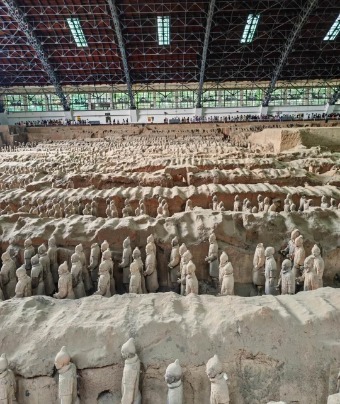
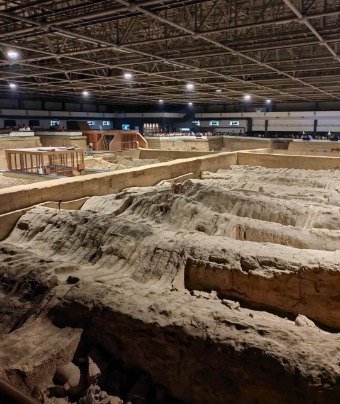
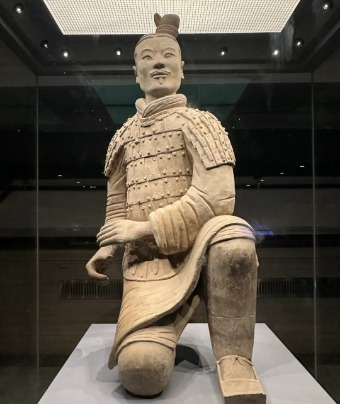
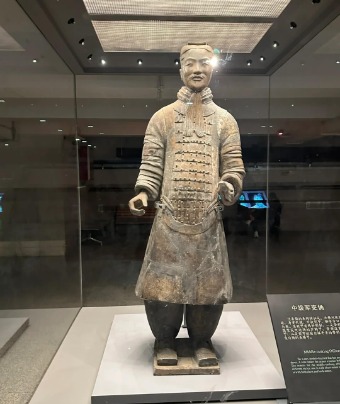
The Terracotta Army is the eighth wonder of the world and the largest ancient tomb in Chinese history. There are three main excavation pits, with Pit 1 being the largest, featuring a military formation of chariots and infantry. Pit 2 contains the essence of the Terracotta Warriors, with its four formations—chariots, cavalry, crossbowmen, and mixed groups. Pit 3 is thought to represent the command system of the military formation. These three terracotta pits showcase the military power of ancient China. If you want to see what China’s army looked like over 2,000 years ago, then the Terracotta Army in Xi’an is one of the best places to travel in China.
No. 6: Lijiang Old Town
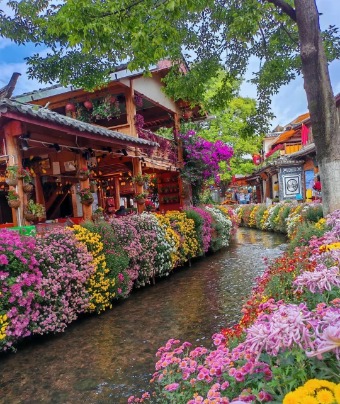
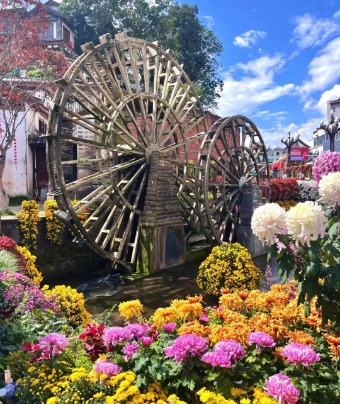
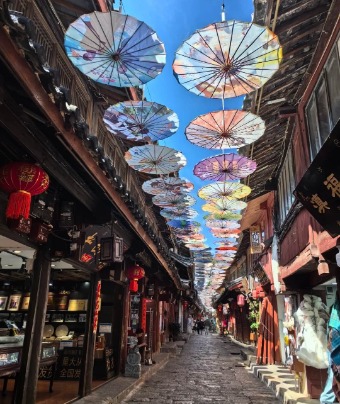
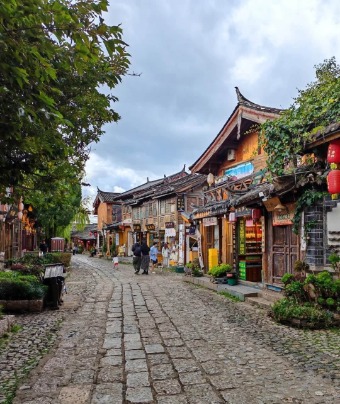
There is a town in Yunnan with a rich history, featuring smooth, clean flagstone streets, houses built entirely by hand with timber construction, and small bridges with flowing water everywhere. It has the charm of a mountain town, yet also embodies the elegance of a water village. This is its unique character. Its cultural traditions blend the essence of the Han, Bai, Yi, and Tibetan ethnic groups, while also showcasing the distinct style of the Naxi people. Various cultural elements intertwine to form its distinctive identity. This town is Lijiang Old Town China, one of China’s rare and exceptionally well-preserved ancient towns of ethnic minorities.
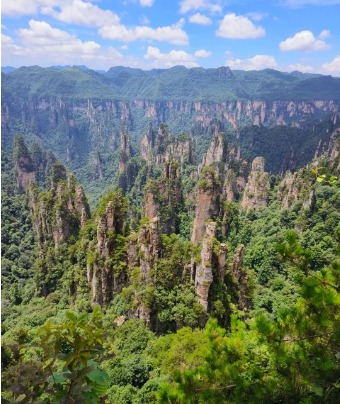

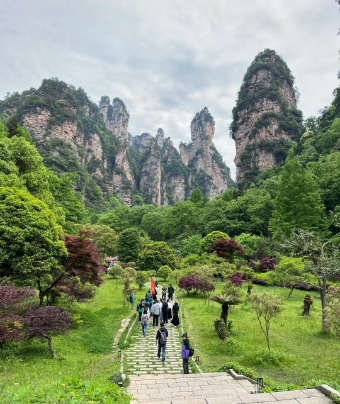
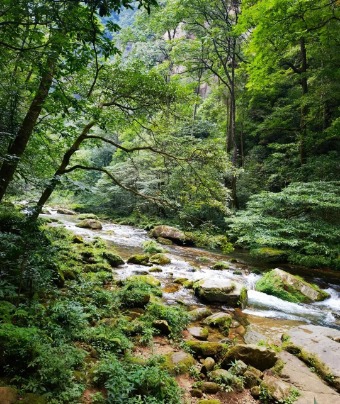
Zhangjiajie National Park is China’s first national forest park, a UNESCO World Heritage Site, and a UNESCO Global Geopark. It is also home to one of the rarest large-scale sandstone landscapes on Earth. Even the famous Hollywood film Avatar chose Zhangjiajie as a filming location, traveling all the way to China for its stunning scenery. The park boasts over 3,000 unique peaks, towering into the sky like natural sculptures, earning it the title “Flower of the Earth.” In addition to its incredible natural beauty, Zhangjiajie is home to ancient trees, rare plants and animals, as well as a high concentration of negative oxygen ions, creating a truly magical environment. If you’re a mountain enthusiast, you’ve probably never seen peaks as unique as those in Zhangjiajie National Park. It is definitely one of the best places to travel in China.
No. 4: Jiuzhaigou
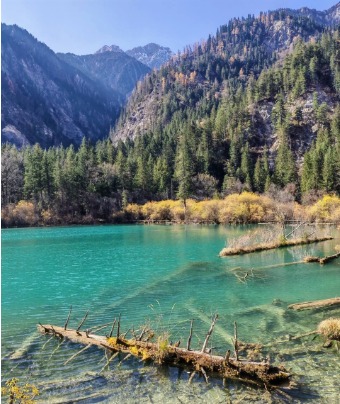

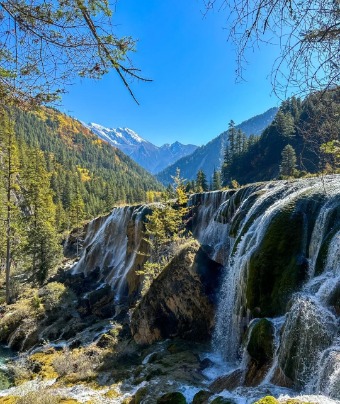
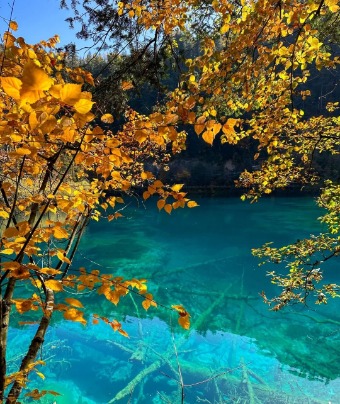
People who have visited Jiuzhaigou National Park often say, “It’s so beautiful, it seems more like a world from a fairy tale than from reality.” The colors of Jiuzhaigou are so vibrant and varied that they even surpass the imagination of artists. Only nature, the great artist, could have created such a breathtaking, hidden paradise. The area is covered with primeval forests and dotted with numerous lakes. Jiuzhaigou National Park China is also known as the “King of Water Scenery.” The mountains and waters here were formed during the Quaternary Glacial Period, and the area still preserves many relics from that time. Standing at the highest point of Jiuzhaigou Park, you can gaze out over the endless expanse of colorful forests, with the “sea” of water below reflecting the surrounding landscape like a mirror. The shadows of the trees are perfectly mirrored in the water, creating a scene that looks like a vibrant, multicolored scroll painting.
No. 3: Mogao Caves
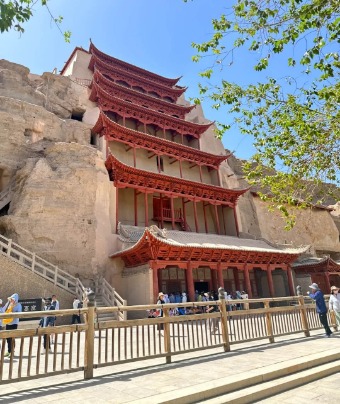
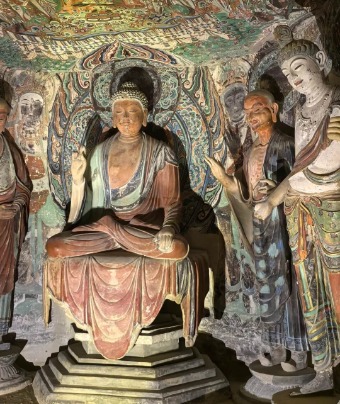

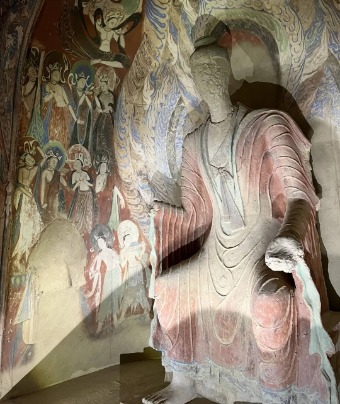
The Mogao Caves are located in a dry, arid region of northwestern China. Compared to other areas, this place is sparsely populated, with few plants and animals. It is precisely this unique geography that gave birth to the Mogao Caves. The caves hold a supreme position in Buddhist culture. After over a thousand years, the architecture, statues, and murals in the caves have become a chronicle of art and social history. Different dynasties, social eras, and national cultures all converge within these caves. In nearly a thousand caves, artists from various times compete across centuries, while visitors experience the timelessness of the art. The feeling of transcending time and space is something you can only truly experience in the Mogao Caves. If you’re a Buddhist or a fan of Buddhist studies, the Dunhuang Mogao Caves are definitely one of the nicest places to visit in China.
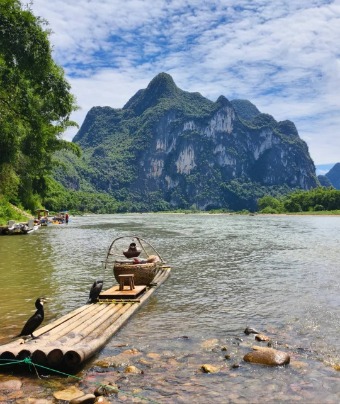
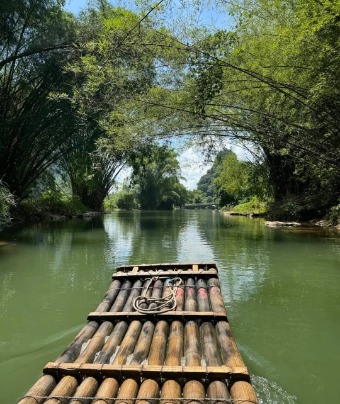
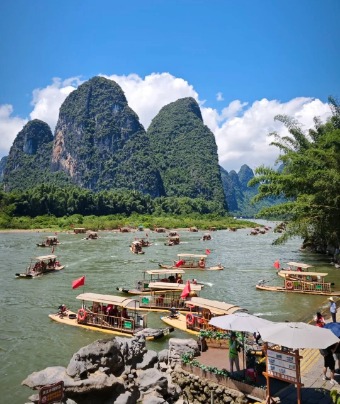
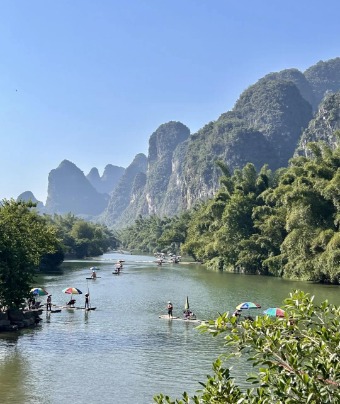
Guilin landscape is a representative of Chinese landscape and a typical karst terrain. The best place to appreciate the mountain scenery of Guilin is the Li River. The main ways to explore the Li River are by boat, bamboo raft, and hiking. Physically strong individuals can choose to hike, but most tourists choose to take bamboo rafts to enjoy the scenery on both sides of the Li River. Traveling on the Li River, the water is so clear that you can clearly see the moss, stones, and swaying aquatic plants inside. Occasionally, you can also see a few small fish swimming to shallow waters, feeling relaxed and happy.
No. 1: The Great Wall
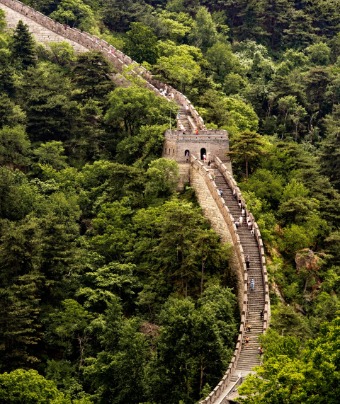
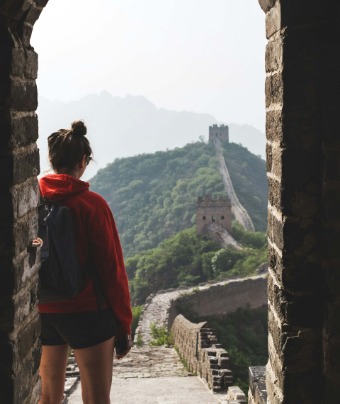
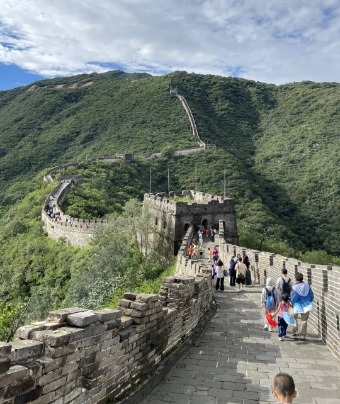
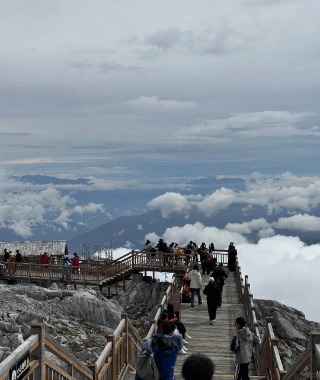
The construction history of the Great Wall spans over 2000 years and is an extremely magnificent defense building project in ancient China, with a total length of 21196.18 kilometers (13171.04 miles). In 1991, the Badaling Great Wall, as the representative of China’s Great Wall, received the “World Heritage Certificate for Human Culture” issued by the United Nations. In 2002, Badaling Great Wall continued to serve as the representative of China’s Great Wall and received a certificate from the Guinness World Records headquarters. When climbing up the Badaling Great Wall and looking around, the Great Wall is like a giant dragon crawling on the mountaintop, and when touching the city bricks, it seems to take people back to ancient China, as if there is an ancient person building the Great Wall in front of them. If you want to understand the spirit of Chinese culture, you must visit the Great Wall, a monument built over 2,000 years by countless ancient Chinese people. Its cultural significance makes it one of the top China attractions.

